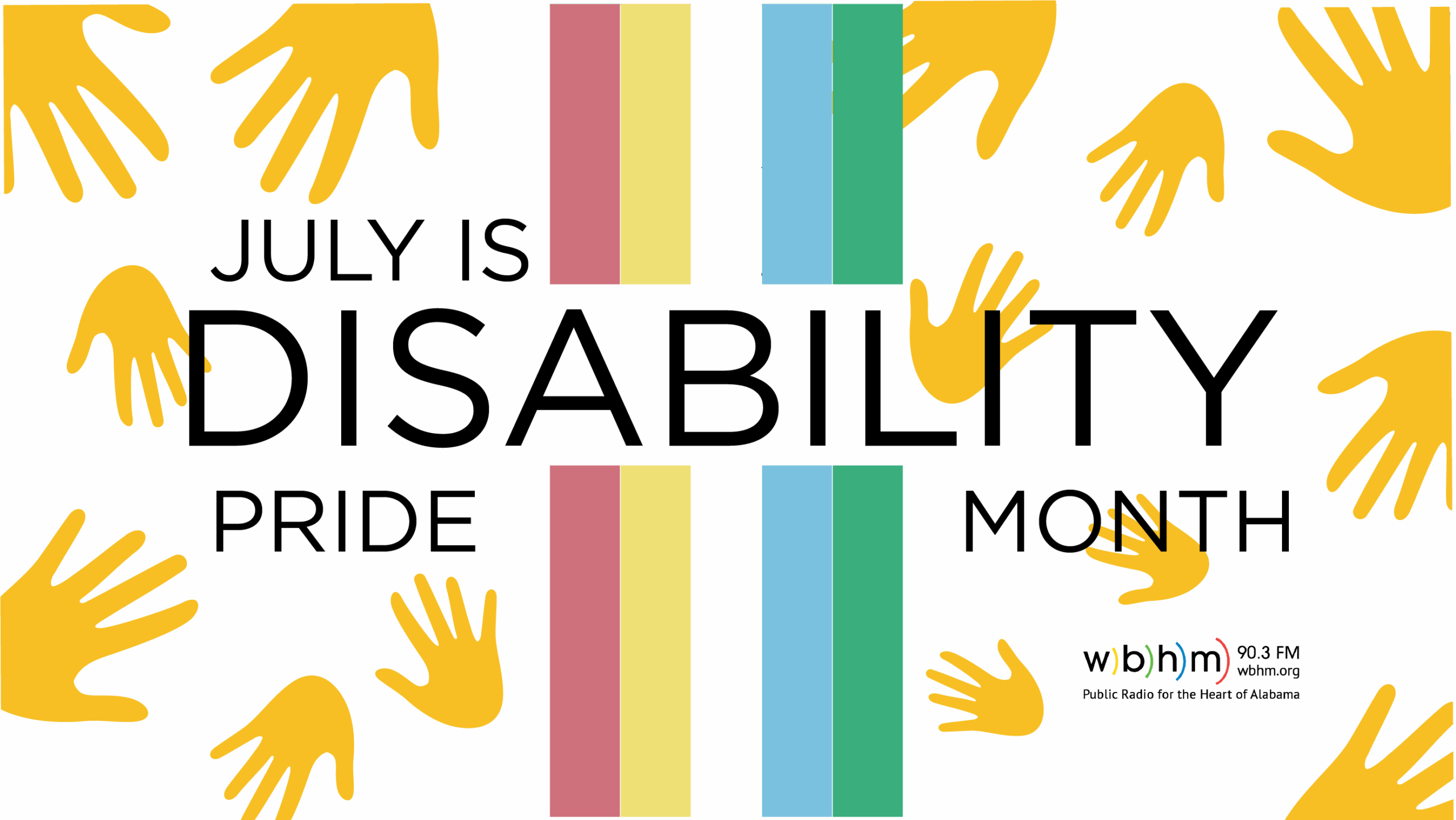Prize-winning pictures: Images from this photo contest show tech changing the world
How many ways can you photograph a screen?
“So many ways,” says Munira Mutaher, a Sri Lanka-based photo editor for Rest of the World, a nonprofit publication that chronicles the astonishing omnipresence of technology. A smartphone might look the same no matter where it is on the planet, but the lives and landscapes it can touch differ dramatically, she says.
This range is on display in the winners of its annual photo contest, which asked entrants to show the impact of technology in their community. As Mutaher sorted through the 227 submissions, she was amazed to see they represented 45 countries. They came from professional photojournalists, as well as hobbyists, who focused their lenses on scenes that would have been impossible to imagine even just a few years ago.
“It’s impressive how dependent we’ve become on these devices,” says Kate Bubacz, head of visuals for Rest of the World. “It’s easy in everyday-to-day life not to notice it.” The images from the contest are a reflection of these changes, which are simultaneously promising and threatening.
Mutaher and Bubacz say that choosing the top three — and a slate of honorable mentions — was a daunting task that involved the input of 26 people across the newsroom . Here’s a closer look at the ones that resonated and why.
First place: Scanned on the border
Grace Yoon, United States

(Grace Yoon)
If it feels like you’re standing right next to these migrants being processed by U.S. Customs and Border Protection officials, that’s because Yoon didn’t realize how much she had inched toward them. “I was told to move away because I was so close,” says Yoon, a Korean-American freelance photojournalist who lives in Mexico City. She took this photo on April 15, 2024 at Jacumba Hot Springs, California, about a five-minute drive from the U.S.-Mexico border wall.
By the time Yoon arrived, there was a group of about 25 men in custody, who had been separated from a group of women. Although they weren’t allowed to interact with journalists, she could tell they were from a mix of countries based on the languages they used. Most spoke Chinese or Spanish, and one of the men in this photo whispered to her in Arabic, “May peace be with you.” That caught Yoon’s attention. “I think he just wanted to say, ‘Hello,'” she says.
Yoon has been shooting at the border for several years and has followed families on their journey into the U.S. to learn their stories. The facial scanning technology being deployed here to collect biometric data from asylum seekers felt like the opposite of her approach. “It takes individuals on the other side of the camera and places them into automated categories, assigning labels and stripping away the human element,” she says.
The migrants had various reactions to being scanned, but this moment stood out for Yoon. “This gentleman stares into the camera confidently and holds his gaze,” she says. “Although he’s connecting to the lens of the phone, he’s also connecting to my lens.”
Everyone’s eyes matter in this photo, says Mutaher, who notes that the men on either side have divided their attention. One is focused on the agent, while the other stares at the man being scanned. She was also struck by the level of detail — viewers can see what’s on the phone and make out the documentation in the migrants’ hands. “It’s such a powerful photograph that emphasizes the story of where and when it was taken,” she says.
Second place: An exam cram in green
Saumya Khandelwal, India

The green in this photo is what hits you first — the dress, the wall and then maybe the small pale rectangle on the screen. “The phone is not the most prominent part,” says Mutaher, who was drawn to how the scene lines up. “There’s the book, the phone and the baby.”
All of these elements are critical to the woman in the photograph, Arti Kumari, 24, who is studying for upcoming government examinations in the hopes of landing a job. Khandelwal followed her for several days as part of an assignment for The New York Times, which profiled two Indian women as they tried to pursue their goals. Kumariis from the small village of Bihar, where career options are extremely limited, especially for women. “But if you have a government job, it’s a highly respectable position to have, and it translates into a very different life,” Khandelwal explains.
Kumari’s quest was thrown off course by various recent events: She was married, then quickly got pregnant. So she now must study for these exams while juggling constant domestic duties and the sleeplessness of parenting a newborn. Because Kumari can’t make it to regular classes, she squeezes in her studying when she can by watching videos led by a popular online teacher.
To Khandelwal, one of the fascinating dynamics unfolding in this image is the fact that it’s likely being replicated in homes all over the country. “I think about how this one man on the phone is helping so many people get closer to their dreams,” she says.
But it’s an uphill battle, as emphasized by the claustrophobia of this image. “So many things are happening in that space, and it translates into how restricted she is feeling,” Khandelwal says. “She has to wash the clothes, cook the meals and, in the middle of that, find time for herself to study.”
Third Place: Viewing party in a tent
Claire Thomas, Mongolia

To get to the Siberian taiga of northern Mongolia you’ll need a horse or reindeer for the last leg. When Thomas first attempted to reach this remote region in 2022 to spend time with the nomadic Dukha reindeer herders who live here, weather conditions prevented the journey. So when she and her husband finally made the trip successfully in June 2024 — a multi-day adventure from the city of Murun that involved an off-road drive “bouncing around like in a washing machine” followed by an exhausting horseback ride through bogs and up mountains — they were shocked to see other foreigners were there too.
“There was a Norwegian guy from the Sami tribe who was on a mission to meet people from other reindeer herding communities, and he had a filmmaker with him,” Thomas says.
This led to a very improbable movie screening in a tent for about 20 adults and 10 children. With the help of an interpreter and a laptop, the Norwegian explained the footage about the Sami culture. “What struck me was how tech can have a positive impact. It’s quite nice to see tech bringing the community together,” Thomas says, although she is still not entirely sure how that laptop got charged.
What was clear, however, is that these families have had increasing exposure to the outside world through technology. A 5-year-old girl came up to Thomas to show off her TikTok dances, which she saw when she went to school. (And yes, they use reindeer as their “school bus” to get to the village.)
When Bubacz looks at the photo, what stands out is the layering of this epic landscape. A wide open sky leads to snow capped mountains, then lush greenery. “Then you tunnel in on this one specific tent,” she says, and that brings you to this one screen. For Mutaher, it was an invitation to look at more of Thomas’ extensive work in the region, which explores how climate change and other factors are challenging the Dukha way of life.
Honorable mention: Hoops amid the turbines
Danilo Victoriano, Philippines

Six photos earned honorable mentions, including this striking shot of Bangui Bay, home to the first wind farm in Southeast Asia. Kids are playing basketball, their arms stretched up into the sky alongside the machinery. “I’m a sucker for a good silhouette,” says Bubacz, who loves the colors and the imagery of the line of turbines fading into the background. “And it brings up the question of what do we consider technology.”
Several of the other honorable mention photos play with this definition. There’s a shot by Harriet Barber of Argentina’s Salinas Grandes salt flat, which is rich in lithium — an essential element in the batteries that power many tech products. Olayide David presents an image of two Nigerians modeling traditional attire paired with goggles made from repurposed VHS tapes, a fashionable way of showcasing obsolete technology.
Others highlight new forms of tech, like Bradley Secker’s photo of a Syrian boy paying for his groceries in a Jordanian refugee camp using an iris scanner. The backstory is what grabbed Bubacz’s attention: This technique has been implemented by the U.N. to ensure people don’t use borrowed or stolen cards.
It’s a reminder that there are constant developments to cover, and a lot more screens to photograph in new ways.
Vicky Hallett is a freelance writer who regularly contributes to NPR.
State laws to stop surprise ambulance bills face pushback from insurers
Policymakers agree patients shouldn't be stuck in the middle when an ambulance service charges more than what an insurer will pay. But they can't settle on what price is fair.
Baseline knowledge: Where tennis comes from and how the game has changed
Recent years have seen an upswing in people playing tennis (or at least dressing like it). But it's not just a phase. The sport — at least some version of it — has been around since medieval times.
After quitting antidepressants, some people suffer surprising, lingering symptoms
The symptoms can include nerve pain, emotional numbness and sexual dysfunction and can last for years after stopping the drugs. Patients are pushing for recognition and more research.
In Texas, a major search effort is being led by the father of a flood victim
In Kerr County, Texas, Thad Heartfield is leading nearly 100 volunteers searching for flood victims. For him, this mission is personal. His son and three of his son's friends disappeared in the flood.
How a broken nose kickstarted Diego Luna’s star-making run with the USMNT
The 21-year-old Real Salt Lake midfielder, with his bleached hair and dozens of tattoos, stands out on the soccer field. But it's his attitude that has won praise from his coach, teammates and fans.
Canceled grants get the spotlight at a Capitol Hill ‘science fair’
On Tuesday, scientists held an event organized by House Democrats in which they stood in front of posters outlining their work — and the federal cuts that now threaten it.








